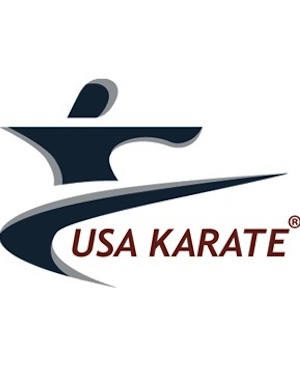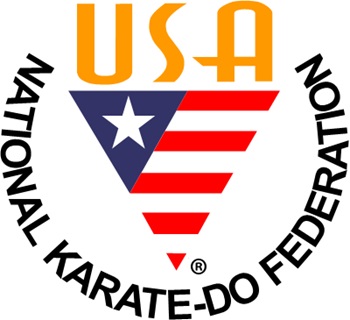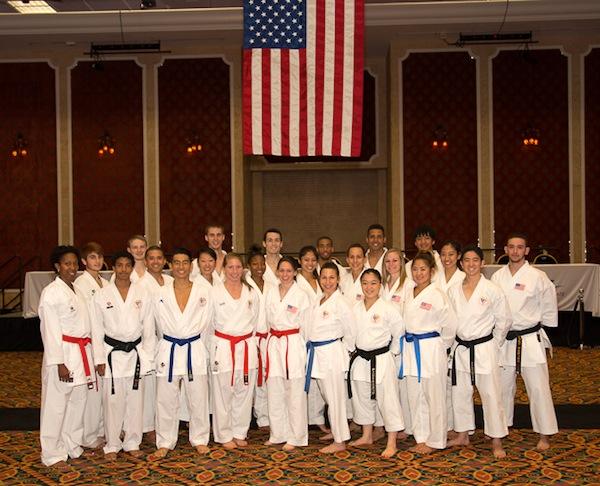
USA National Karate-do Federation (USA-NKF) members are among the ranks of thousands of Karate practitioners and enthusiast who enjoy the highest caliber support system of Karate in the United States. As the largest Karate organization and the U.S. and the National Governing Body for the sport of Karate, the USA-NKF responsibilities include the development and fielding of Junior and Adult Karate Athletes to international events and competitions representing the United States; serving all membership classes represented on the Board of Directors and representing the United States within the designated International Federation (I.F.) under the auspices of the International Olympic Committee (I.O.C.). USA-NKF. Some of the competitive opportunities through the USA-NKF include the World Championships, Pan American Games, Pan American Championships, World Cup, World Games, University Games, Police Games, Junior Cadet International Championships, Junior World Championships, Junior Olympics and the Goodwill Invitational Tournaments.
The sport of Karate and its NGB are recognized by the USOC; however, at this time, it is not an Olympic sport. It is under consideration for inclusion in the 2020 Olympics in Japan.
Sports Destination Management: This is an exciting time for karate. The sport is up for consideration in the summer Olympics and a decision will be made this year.
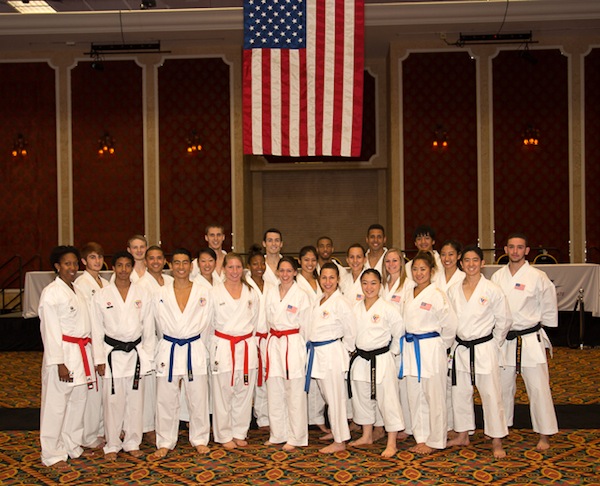 Phil Hampel: We are waiting for the IOC’s decision. August or September is when we should hear.
Phil Hampel: We are waiting for the IOC’s decision. August or September is when we should hear.
SDM: Has the fact that the sport is up for consideration been causing extra interest:
Hampel: It has been really good for the sport – we’re seeing a lot of activity and interest. This time, it looks pretty real, and a lot of our younger athletes are getting excited. Some are starting to think about whether they will be ready then in 2020. The people who are in their twenties as well as the 15- and 18-year-old kids are all looking at it.
SDM: What championship events does USA Karate currently offer?
Hampel: We hold our world championships are every two years. The Juniors event is held one year and the seniors is held the following year. People are very used to a two-year championship cycle. If we become an Olympic sport, there will be a four-year cycle. The selection criteria for the Olympics will be significantly harder than the criteria for the world championships. There would be a total of 80 athletes competing in the sport in the 2020 edition of the Games. When you consider athletes come from about 180 countries, you can see how selective the process will be.
SDM: As decision time gets closer, are you seeing a bounce in the membership?
Hampel: On the sports side, we’re growing, especially as we get toward the Olympics. People who were in the sport when they were younger are starting to come back. We’re also seeing some crossover from areas not traditionally associated with the Olympics. It’s bringing some unity back to the sport; it’s possible that people left because they felt there was no significant prize associated with it. And let’s face it, the Olympics are very significant. To say you’re an Olympic champion is better than saying you’re a world champion. The Pan Am Games have always been our gold standard; now, when you mix in the possibility of an Olympics, it’s even more exciting.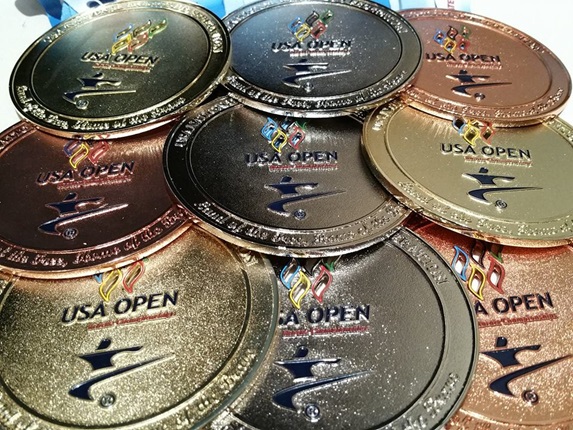
SDM: Are there any new participation initiatives?
Hampel: We’re a small national governing body so our focus has been on athletes in the world championships. If we had the money, we would look for ways to drive participation in the lower levels. I do think, though, that the buzz around the Olympics will help drive traffic to the schools so that people can get started in the sport.
SDM: There isn’t much media coverage of the sport.
Hampel: No, there isn’t. We don’t have much TV coverage, so people watch them on YouTube and they stream events.
SDM: Why do you think the media hasn’t been interested?
Hampel: Most people get involved in the sport at the local level, and it’s an individual sport. There aren’t any travel teams, so families really need to make the decision to go to competitions with their kids.
SDM: What do you look for when you’re considering a city that might host an event?
Hampel: Mostly it’s about t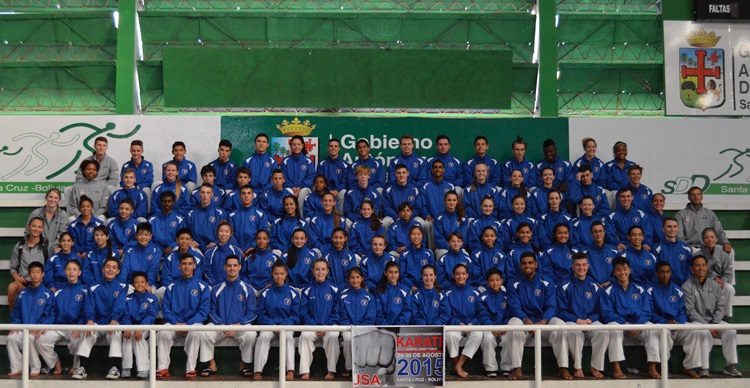 he floor space. We need a clear floor area where we can put down 10 to 12 rings. That usually means we’re looking for a venue with a competition area of about 150 feet wide by 450 feet long. There needs to be good visibility for the spectators, and we like to have elevated seating for that. Convention centers tend to work best, although some large hotel properties are also good.
he floor space. We need a clear floor area where we can put down 10 to 12 rings. That usually means we’re looking for a venue with a competition area of about 150 feet wide by 450 feet long. There needs to be good visibility for the spectators, and we like to have elevated seating for that. Convention centers tend to work best, although some large hotel properties are also good.
Mostly, we are looking for places that are family-friendly. One of our big goals is to look at not just the venue but also the area since people will consider it a mini-vacation. Our nationals, for example, happen in July, so that turns out to be a good time for people to think about a place with vacation potential.
We’re also looking for a city that is interested in interacting with our national team athletes and the spectators, as well as how they can work with us to help us produce a good event.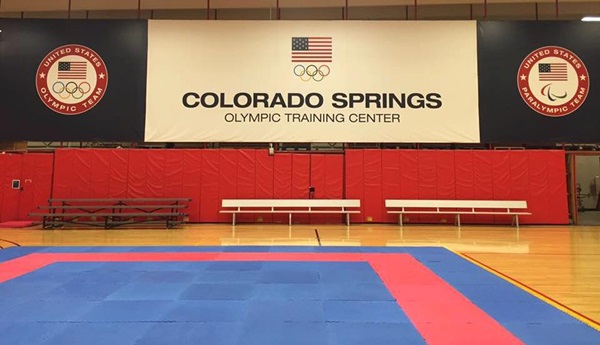
What’s hard right now is we still don’t know what the decision will be about the Olympics, and what impact that will have on our national events. If we suddenly found out the sport was going to start having 1,500 to 2,000 more people competing in each event – and that’s not out of the realm of possibility – we’d have to find a way to expand the space. We really have to consider the result of this decision on our events in 2017 and future.

